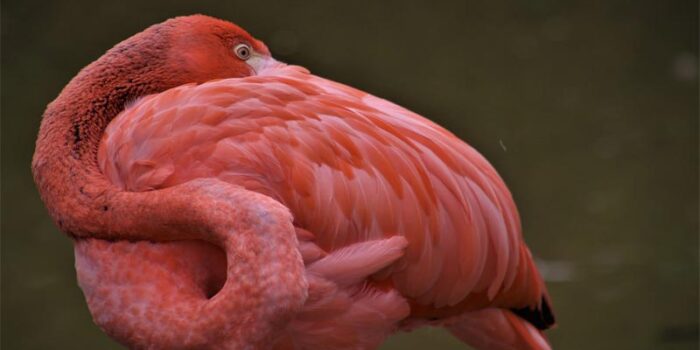The planet is getting warmer day by day, from the North Pole to the South Pole. The global surface temperature has risen by higher than 1.6 degrees Fahrenheit, since 1906. Now the condition is becoming sensitive in polar regions. There are many effects of global warming on animals. This heat is melting the glaciers and ice in seas, fluctuating precipitation patterns, and setting faunas to move their places.
Many people think that global warming and climate change are the same things, but it is not true. Researchers prefer to use “climate change” when they describe the intricate shifts of climate in our planet’s systems. Climate change involves not only increasing the average temperatures but also extreme weather conditions’ effect on wildlife.
01. Higher wildlife extinction rates
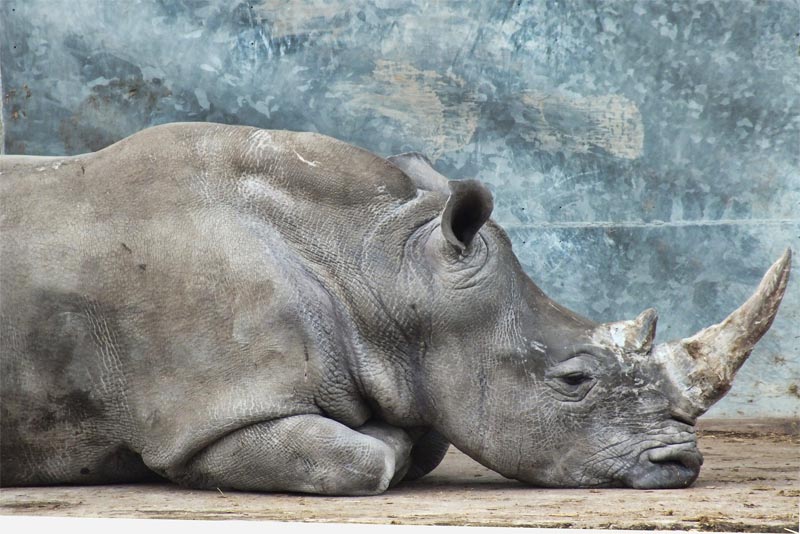
As humans, we face a lot of challenges, but we are not alone in this world that is affecting by global warming. Other creatures and animals have also strong effects on global warming. Rendering to the Intergovernmental Panel on Climate Change’s 2014 assessment, many species of land and water are shifting their environmental ranges to cooler climates from escaping heat. Other creatures like fish, birds, reptiles, and amphibians also disappearing from the earth. This is due to the change in climate and global warming.
02. Habitat Disturbance
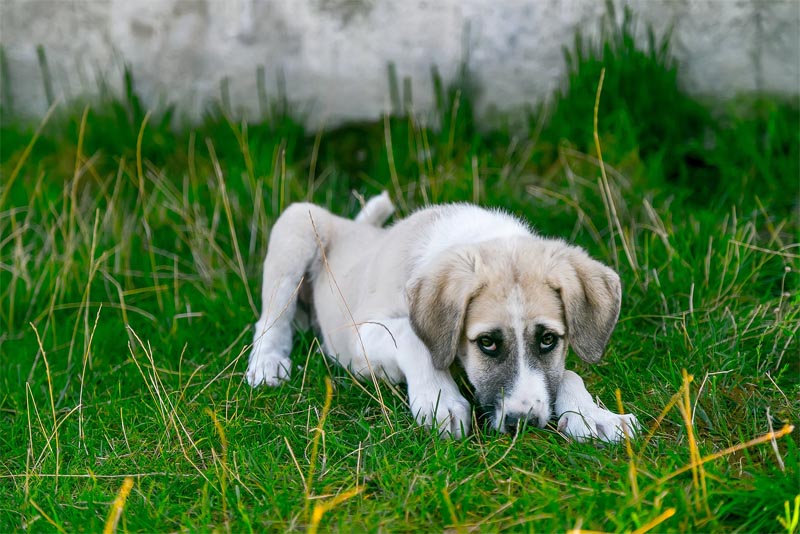
The strongest effect of global warming on animals is habitat disturbance, in which regions where animals have spent millions of years. These are changing rapidly and reducing their ability to accomplish the species’ requirements. Habitat disturbance is frequent due to fluctuations in temperature and water availability. Which affects the native vegetation and the animals that feed on it.
Affected animals sometimes move into new places and continue to flourish. But sometimes it couldn’t possible due to some obstacles which prevent plants and animals from moving into alternative habitats.
03. Shifting Life Cycles of animals
Many scientists have agreed that global warming is producing due to the shift in the timing of various natural cyclical events in the survival of animals. This study is called phenology. Many birds have transformed due to the timing of long-held wandering and generative procedures to better synchronize up with the warming climate. It is making matter worse, research denies the long-held theory that diverse species coexisting in a specific environment respond to global warming as a single entity. As an alternative, different species within the same environment are responding in different ways.
Which Animals Are Hardest Hit by Global Warming?
According to Defenders of Wildlife, some of the animal species have been hardest hit by global warming. These are reindeer, arctic foxes, polar bears, penguins, gray wolves, and salmon, etc. Now we shall discuss some of these animals here that how they are affected by global warming.
The Emperor Penguin
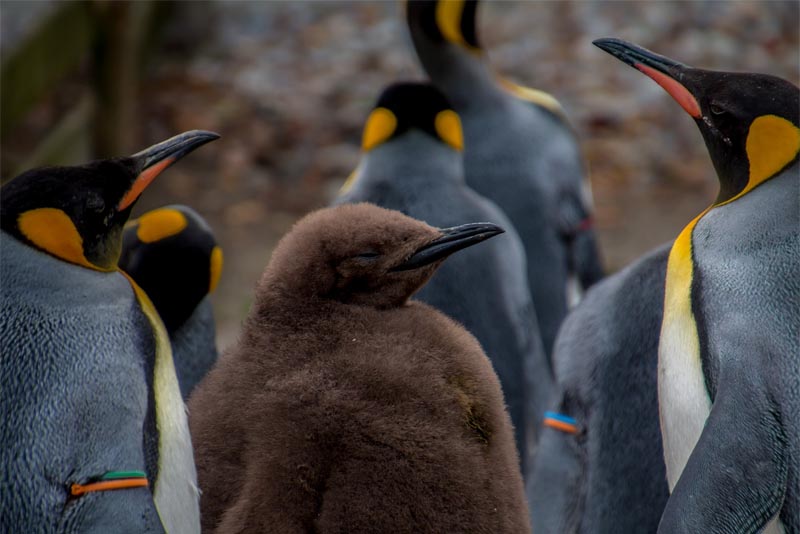
One of the flightless birds, the emperor penguin has strong effects on global warming. It is because the Antarctic penguin is remarkably vulnerable to climate change. Its populations can be devastated by even a slight warming trend. If global warming will be continued then experts are warning that the emperor penguin could lose nine-tenths of its population by the year 2100.
Arctic fox
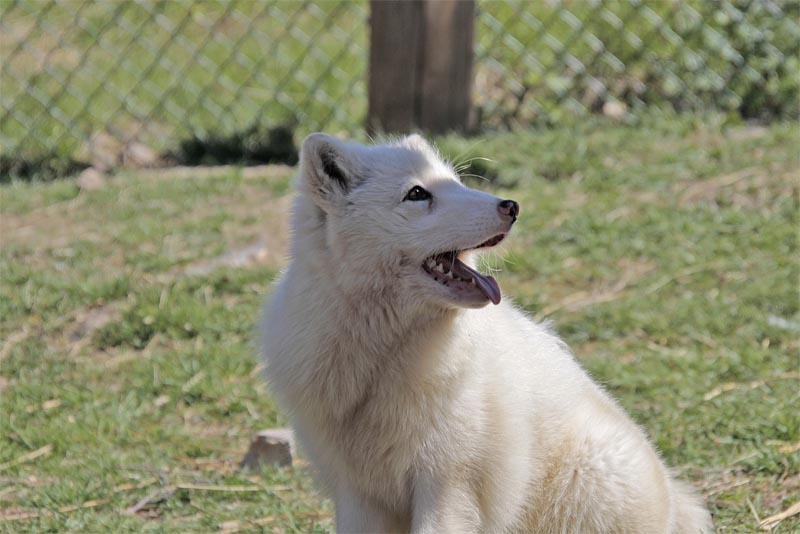
The Arctic fox can survive at a minimum temperature which, can be 50 degrees below zero. They are gradually migrating northward as Arctic temperatures moderate in the wake of global warming. Due to the decreasing of snow, the arctic fox can’t rely on its winter coat for camouflage, so red foxes find it rapidly easy to locate and kill their rivalry.
Read More: Top 10 color changing animals in the world
The Flamingo
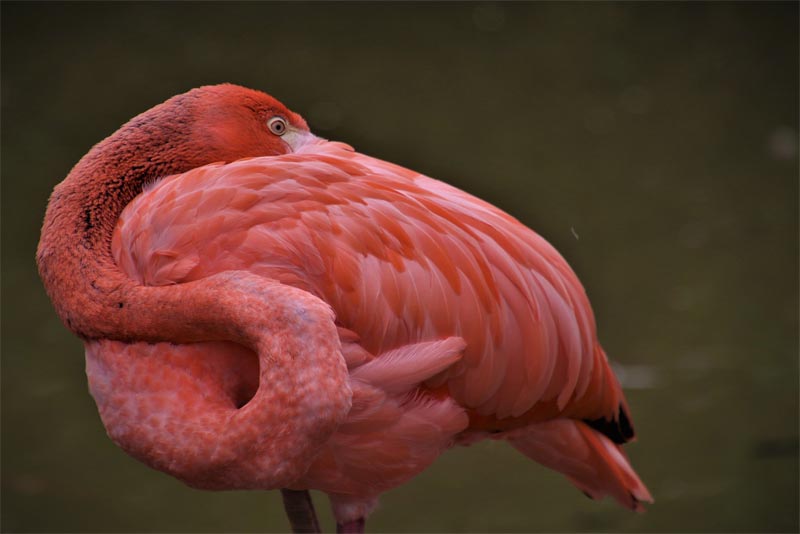
Another one of the animals which have strong effects of global warming is the Flamingo. Global warming is affecting them in different ways. Firstly, these birds prefer to mate during the rainy season, so these extended periods of drought can unfavorably affect their survival rates. Secondly, acidification due to increased production of carbon dioxide can cause the accumulation of toxic materials like the blue-green algae, which flamingos rarely like to eat. Thirdly, the restraint of their surroundings has been driving these birds into areas where they’re more vulnerable to prey by these animals like prairie wolf and pythons. Finally, due to consuming a specific kind of shrimps, flamingos lost their white color and turned into pink, so they can’t camouflage in the environment.
The Polar Bear
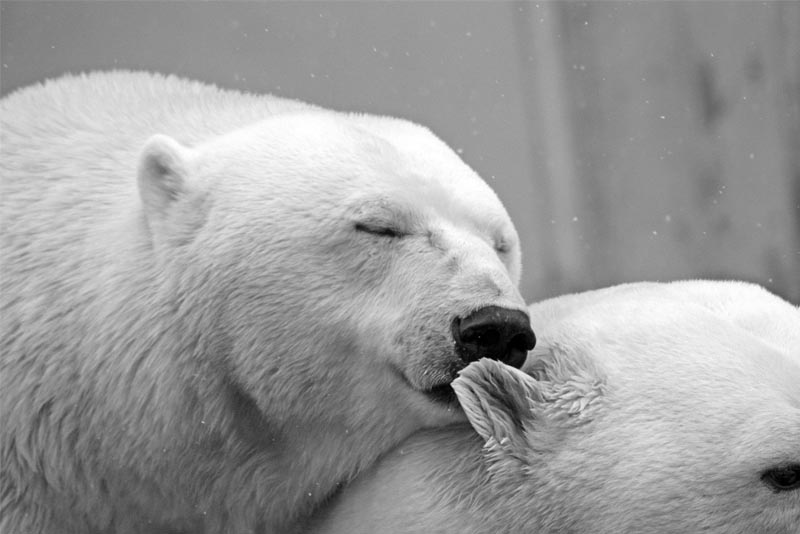
Last but not least, we are talking about those animals which have strong effects on global warming. In this list, there is a handsome, fascinating, but an extremely dangerous polar bear. They spend most of their time on the ice glaciers of the Arctic Ocean and hunt seals and penguins. These platforms reduce in number and move farther apart the polar bear’s daily routine becomes gradually hazardous. By some estimates, the world’s polar bear population will fall by two-thirds in coming years if nothing is done to minimize the global warming trends.
